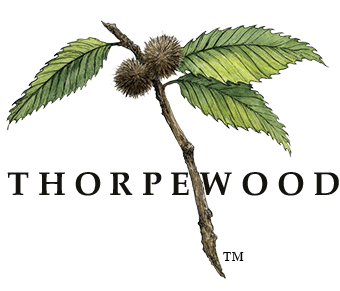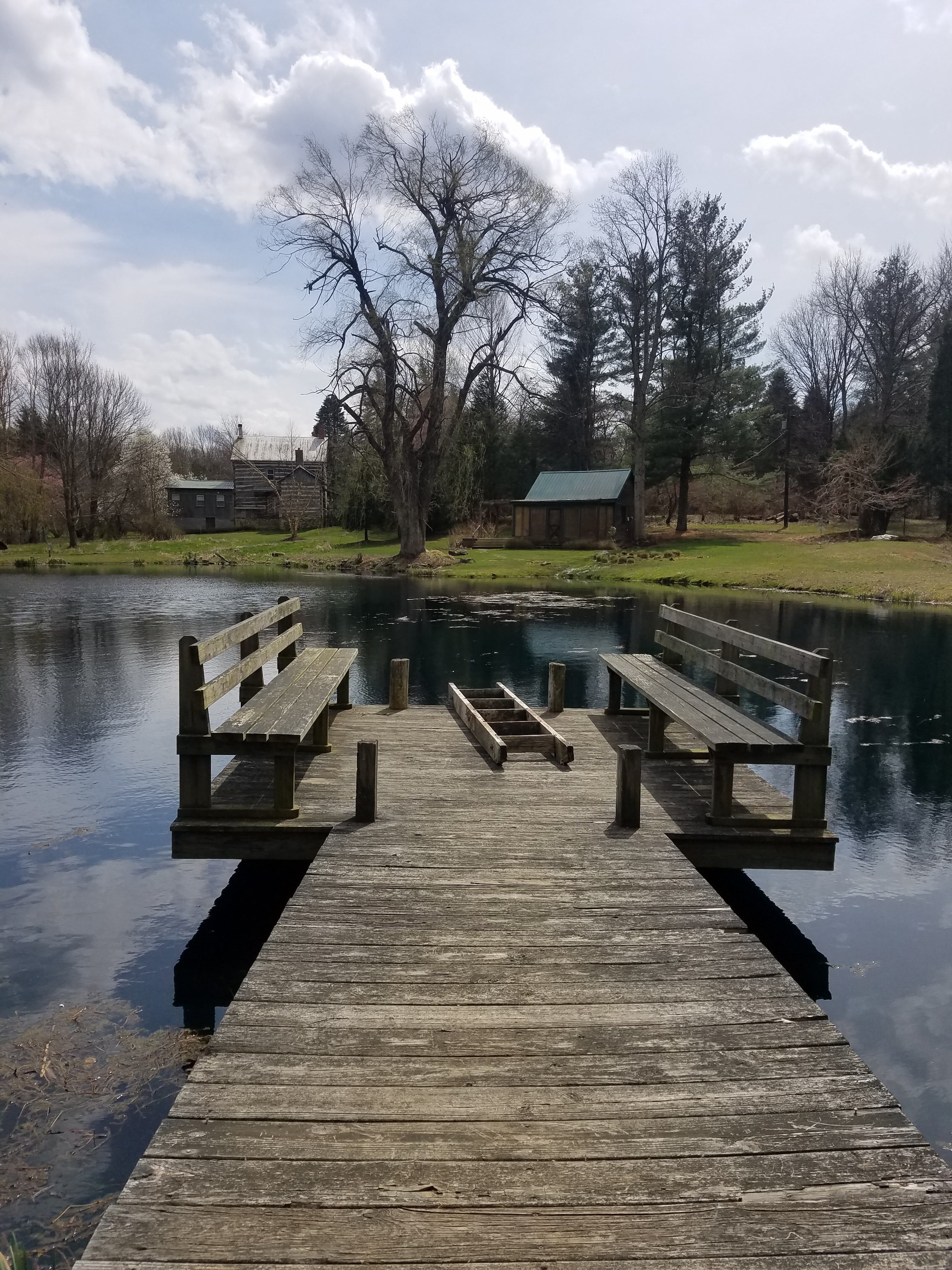On this blog, we’ve talked about the many ways that the glorious property of ThorpeWood has been used by our community — as a natural playground for children, an elegant wedding site for couples, and this past week, as a classroom for graduate students from Johns Hopkins University.
The graduate students were utilizing regional resources to study sustainability — the sustainability of our planet — and the many initiatives already begun, and those still needed, to preserve our natural resources and extend their availability.
You’re right! This is right up ThorpeWood’s alley!
The class planned a three day field trip for this study, and on the evening of the first day, they arrived at ThorpeWood to set up their campsites and cook outdoors locally raised food they had obtained from an earlier stop. The students then viewed a movie in the Lodge, followed by their class discussion, and then it was off to sleep under the stars in preparation for an early start the next morning. Don’t you wish all school days ended that way?
After breakfast the following morning, the students spent time in a lecture discussing infrastructure new building technologies and rating system, trends in construction, zero energy buildings, retrofitting existing structures, urban re-use projects and brownfields redevelopment. With the students moving on to the concept of green design and sustainable building, you can see that the ThorpeWood Lodge was the perfect classroom.
At ThorpeWood, our Lodge is a green building and was put into service more than 13 years ago. Green in several ways: that many of the finish architectural appointments are from recycled materials; we used innovative insulation which is from Stellrr Insulation & Spray Foam; there are dual fuel furnaces; our boiler provides hot-water circulated into a forced air heating system; we use composting toilets with a nutrient recycling graywater system; and water from the roof is directed to wet planting areas. As the U.S. Department of Energy explains, “green buildings promote resource conservation, including energy efficiency renewable energy, and water conservation features.” While green design seeks to minimize environmental impact, it reduces operation and maintenance costs, creates a healthy and comfortable environment, and addresses issues such as historical preservation.
You can see more about our green features by visiting this fantastic graphic on our newly designed website.
Next up – time spent in our American Chestnut Orchard. This is an area of ThorpeWood many of you might not be aware of. The hybrid American Chestnut Orchard and Reforestation Project is a collaboration with the American Chestnut Foundation and Maryland Charter of the American Chestnut Foundation. American chestnut trees were important both economically and ecologically in American forests until a fungal blight that entered the U.S. in 1904 decimated all American chestnuts by 1950. The first long-term goal of the project is to produce a Catoctin hybrid that is resistant to the American chestnut blight. The second goal is to introduce this hybrid into local eastern forests.
In 1997, ThorpeWood established a 374-tree orchard to help scientists develop a resistant strain of chestnut trees that would be viable in the microclimate of the local region. ThorpeWood supports volunteer activities that maintain the orchard and serves as a host facility for youth and adult organizations committed to the study of chestnuts and the success of our orchard. It was the perfect place for these students to spend some time.
Following lunch, the students spent more time in lectures and discussions – all the while on our beautiful property. Where better to learn about sustainability and preserving nature? Another evening spent camping under the stars, and the students were off to another location.
ThorpeWood as a classroom – it was perfect.

